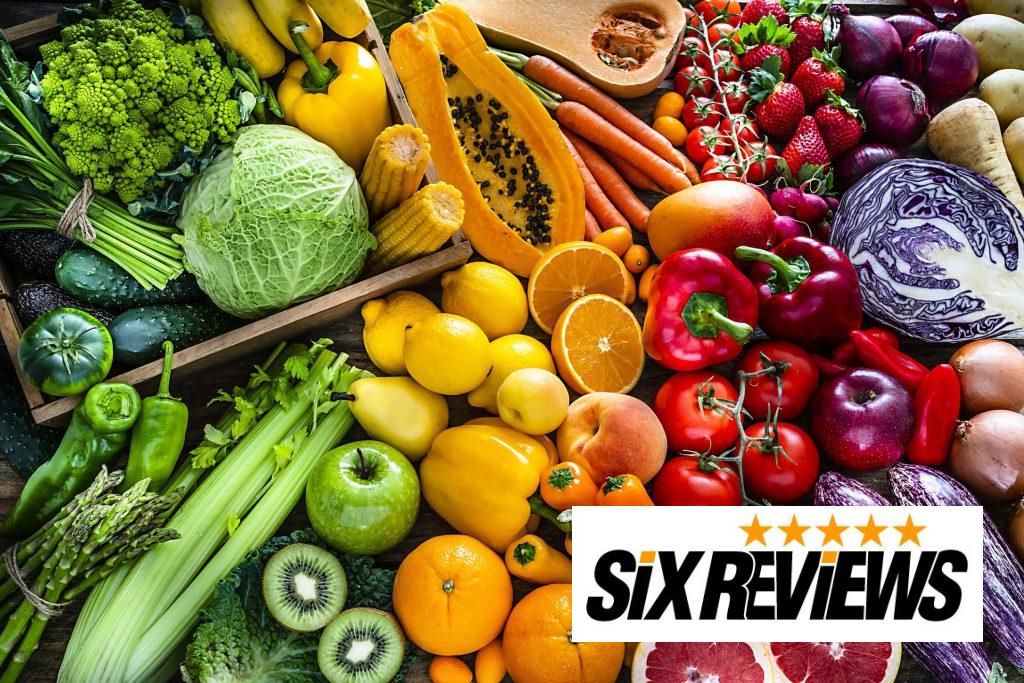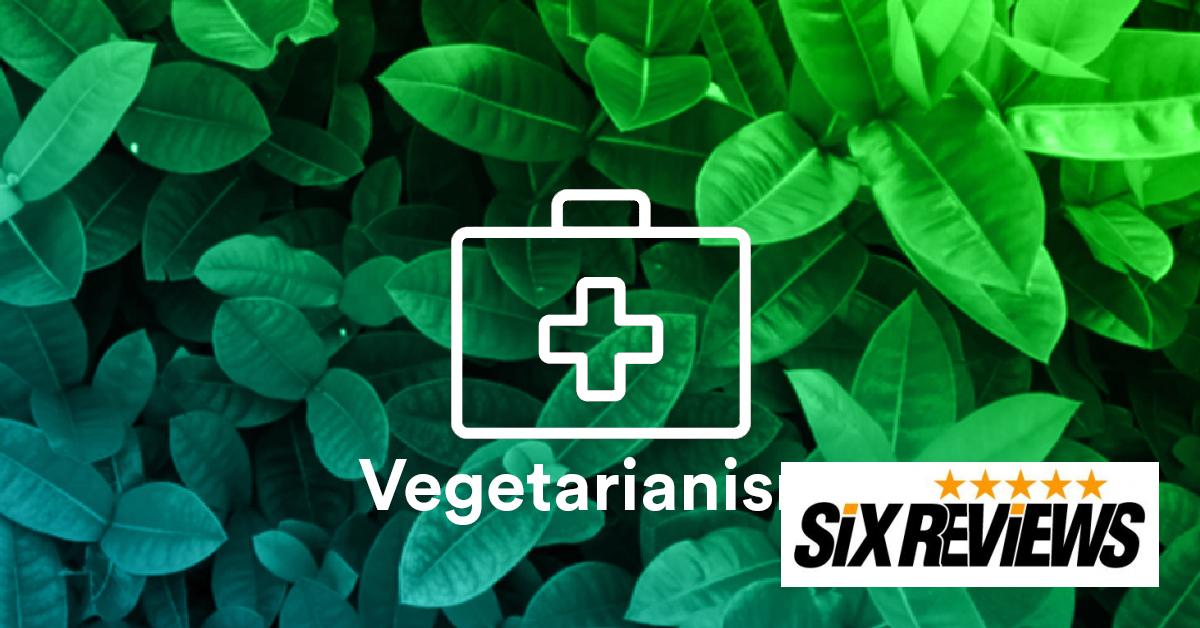Vegetarianism is growing! The number of vegetarians in the world varies by country according to different studies and polling, but India leads with a staggering 31 percent, accompanied by Brazil, Switzerland, Taiwan, Israel, and Australia. [1] But more and more people are turning around, and the figure has skyrocketed over the past decade or two in areas like Great Britain. [2] This is not unexpected, at least partially because of the positive health effects, including a lowered chance of heart failure. [3]
Essentially, what vegetarians consume is a plant-based food, although there are a few distinct sub-types that can create confusion, some of which can also help you ease this shift in lifestyle. If you are interested in being a vegetarian or want to know more, this guide should help you.
What do they Eat?

Vegetarians can eat vegetables, berries, wheat, legumes, nuts, and seeds in general while excluding animal-based food items such as eggs, meat, and fish. Vegetarians vary depending on the animal products they think are okay to consume, so learning a bit more about each form of a vegetarian diet will help you understand the variations and maybe help you start eating the same.
The 7 Different Types
1. Lacto-Ovo Vegetarian
There is no form of animal meat consumed by people who are lacto-ovo vegetarians, such as red and white meat and fish, but they do drink eggs and milk. “Lacto” means milk in Latin, and “ovo” means egg, which explains the name.
2. Lacto Vegetarian
Lacto Vegetarians go a little further. They mostly skip eggs, in addition to abstaining from any form of fish and meat, but will consume cheeses, yogurts, and milk, among other dairy products.
3. Ovo Vegetarian
An ovo-vegetarian does not consume any meat or fish with milk, but consuming eggs is no issue, even though they prefer to buy them from free-range farms.
4. Flexitarian
Flexible vegetarians, including flexitarians and semi-vegetarians, prefer to consume a diet mainly based on vegetables and then add meat to their meals sometimes. This is an optimal diet developed by Dietitian Dawn Blatner for individuals in need of a versatile introduction to vegetarianism. [3]
5. Pescatarian
A vegetarian is called a pescatarian when he or she limits meat intake to fish. The flexitarian or semi-vegetarian method can also fall under this type of diet. Just shellfish or fish and no other meat can be consumed by Pescatarians.
6. Pollotarian
A proletarian, another type of semi-vegetarian, restricts meat consumption to different poultry – mainly chicken – while missing red meat, seafood, shellfish, etc.
7. Vegan

Being a vegan can bring different cultural, personal, or ethical intentions with it. But while vegetarians may consume any animal flesh, dairy, or eggs, particularly some of the subtypes, vegans are far more strict in not only what they eat, but what they use in daily life. They would not drink honey, carry fur or leather, for example, or other animal-derived ingredients and products.
How Do I Become a Vegetarian?
Becoming a vegetarian doesn’t only involve one route, but you can start and continue your journey with the tips below.
1. Think about it first
For some, it’s a part of their lifestyle to be a vegetarian, so you may choose to support the world or maybe lose a few pounds. Knowing what pushes you will help you find the right plant diet for you in any situation.
2. Do research
Do some research to figure out what foods and vitamins you may need to supplement due to a shortage of animal products before you move to vegetarianism. Vegetarians typically require, among other things, supplements of B12, vitamin D, omega-3 fatty acids, and iodine. You could be served better by a professional and experienced dietician.
3. Start off slowly
We suggest that you slowly ease into your new diet instead of making a dramatic and abrupt adjustment, especially if you’re used to eating a lot of meat. You don’t need to get rid of all the meat right from the beginning. Getting meatless Mondays where you check out different alternatives and fresh recipes is a nice trick.
4. Remember to enjoy yourself
It should not be too complicated or overwhelming to become a vegetarian. In the beginning, try to cook more and play with new foods, you will enjoy yourself along the way, too. Also, do not hesitate to eat out and inquire about vegetarian choices from the servers. Likewise, fulfilling an odd meat appetite is nothing to be afraid of and this lifestyle is not a life sentence!
[1] https://en.wikipedia.org/wiki/Vegetarianism_by_country
[2] https://www.bbc.com/news/business-44488051?intlink_from_url=https://www.bbc.co.uk/news/topics/c5wd3lklgkmt/veganism&link_location=live-reporting-story
[3] https://www.bmj.com/content/366/bmj.l4897
[4] https://dawnjacksonblatner.com/books/the-flexitarian-diet/

